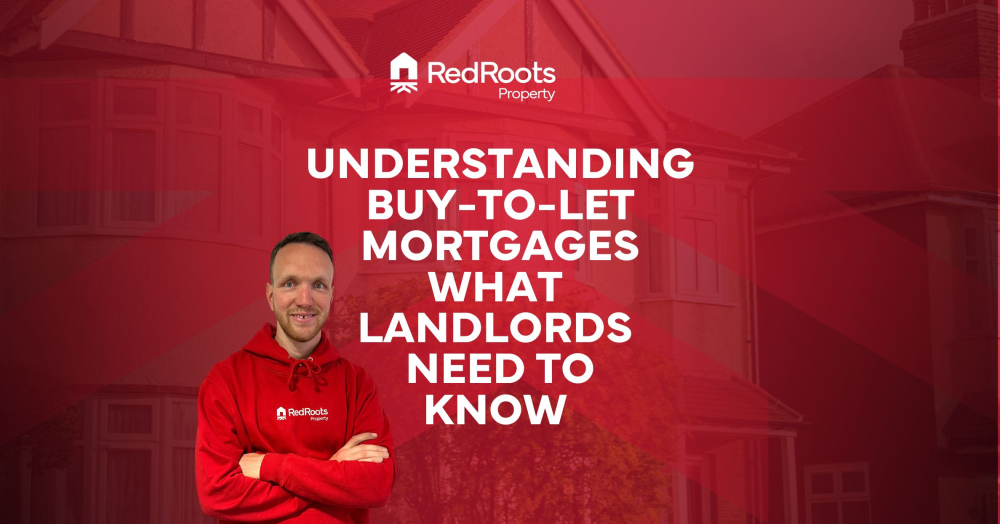With proper research and planning, buy-to-let properties can provide a lucrative income stream and capital appreciation over time 💰🪜
A Guide to Buy-to-Let Mortgages: What Every Property Investor Needs to Know
Investing in property is a tried-and-tested way to build wealth, and buy-to-let mortgages play a crucial role in enabling investors to purchase rental properties. Whether you're a seasoned landlord or a first-time investor, understanding how buy-to-let mortgages work is essential for making informed decisions.
What is a Buy-to-Let Mortgage?
A buy-to-let (BTL) mortgage is a loan specifically designed for purchasing properties that will be rented out rather than lived in by the owner. These mortgages differ from standard residential mortgages in terms of interest rates, deposit requirements, and affordability assessments.
Key Differences Between Buy-to-Let and Residential Mortgages
👉🏼 Higher Deposits – Lenders usually require a larger deposit for buy-to-let mortgages, typically around 25% of the property's value, though some lenders may accept as little as 20% or require up to 40% for better rates.
👉🏼 Interest-Only Option – Many landlords opt for interest-only BTL mortgages, where they only pay the interest each month and repay the full loan amount at the end of the term.
👉🏼 Affordability Criteria – Unlike residential mortgages, which assess affordability based on personal income, BTL lenders focus on the rental income the property is expected to generate.
👉🏼 Higher Interest Rates – Interest rates for buy-to-let mortgages tend to be higher than residential mortgage rates due to the perceived higher risk for lenders.
How Do Lenders Assess Buy-to-Let Mortgage Applications?
Lenders will evaluate several factors before approving a BTL mortgage, including:
👉🏼 Rental Income Coverage – The rental income must typically be at least 125% to 145% of the mortgage repayments to ensure landlords can cover costs even if interest rates rise.
👉🏼 Landlord’s Financial Position – Many lenders require applicants to have a minimum annual income (e.g., £25,000) outside of rental earnings.
👉🏼 Credit History – A strong credit score improves the chances of approval and better interest rates.
👉🏼 Property Type & Location – Some lenders have restrictions on certain property types, such as new-build flats or houses of multiple occupation (HMOs).
Types of Buy-to-Let Mortgages
Fixed-Rate Mortgages – Offer stability with set monthly payments over a fixed term.
Tracker Mortgages – Interest rates fluctuate based on the Bank of England base rate.
Discounted Variable-Rate Mortgages – Offer lower rates for an initial period but can change.
Pros and Cons of Buy-to-Let Mortgages
Pros:
✅ Potential for rental income and long-term capital growth.
✅ Property is a tangible asset that can be leveraged.
✅ Tax benefits, such as deductible mortgage interest (subject to tax laws).
Cons:
❌ Requires a significant upfront investment.
❌ Market fluctuations can impact rental demand and property values.
❌ Ongoing costs such as maintenance, insurance, and mortgage repayments.
Is a Buy-to-Let Mortgage Right for You?
Before applying for a BTL mortgage, consider your financial goals, risk tolerance, and long-term investment strategy. With proper research and planning, buy-to-let properties can provide a lucrative income stream and capital appreciation over time.
If you’re looking for expert guidance on buy-to-let investments, get in touch with RedRoots Property by WhatsApp today. Our experienced team can help you navigate the market and make smart investment choices and even find our next BTL property.



